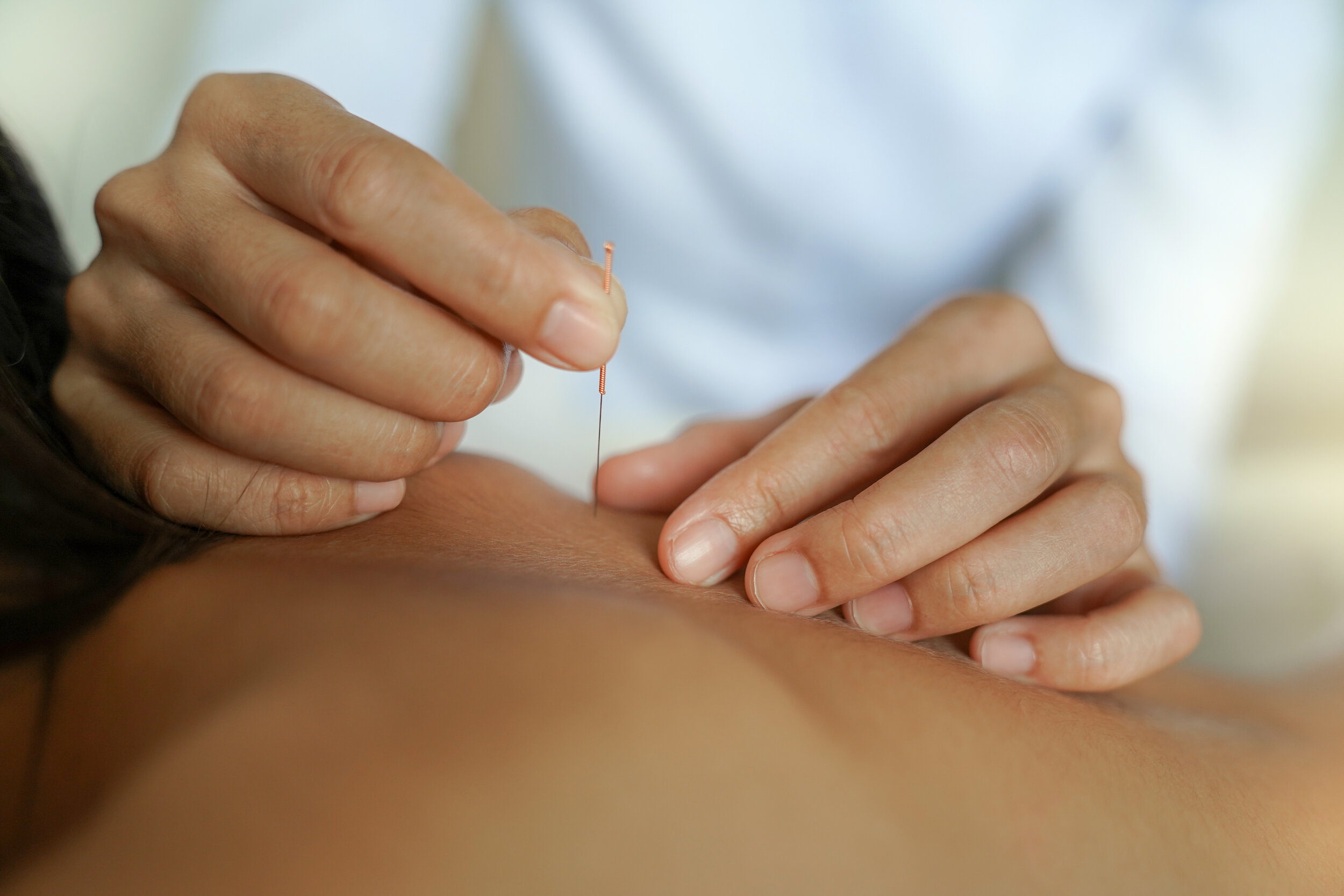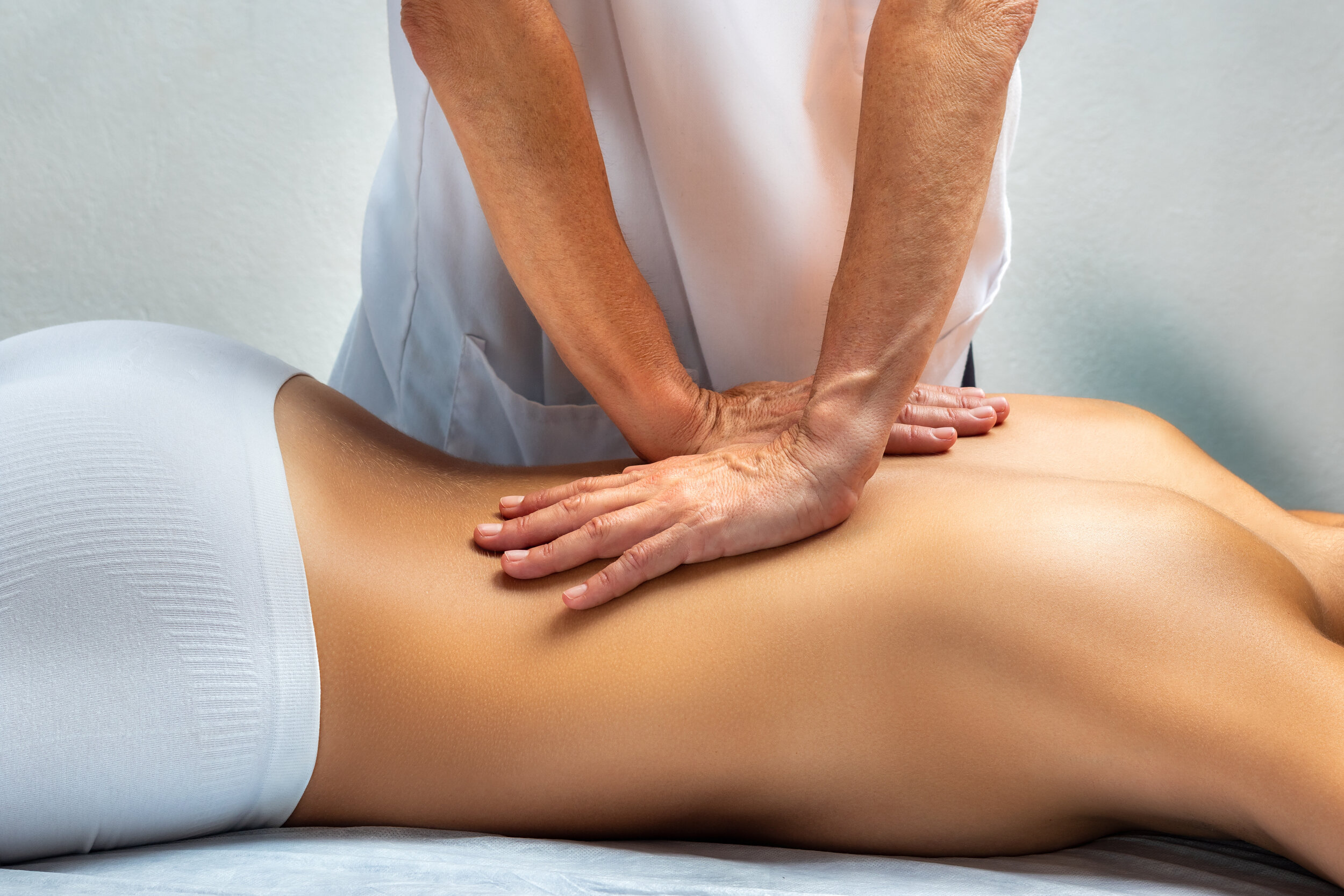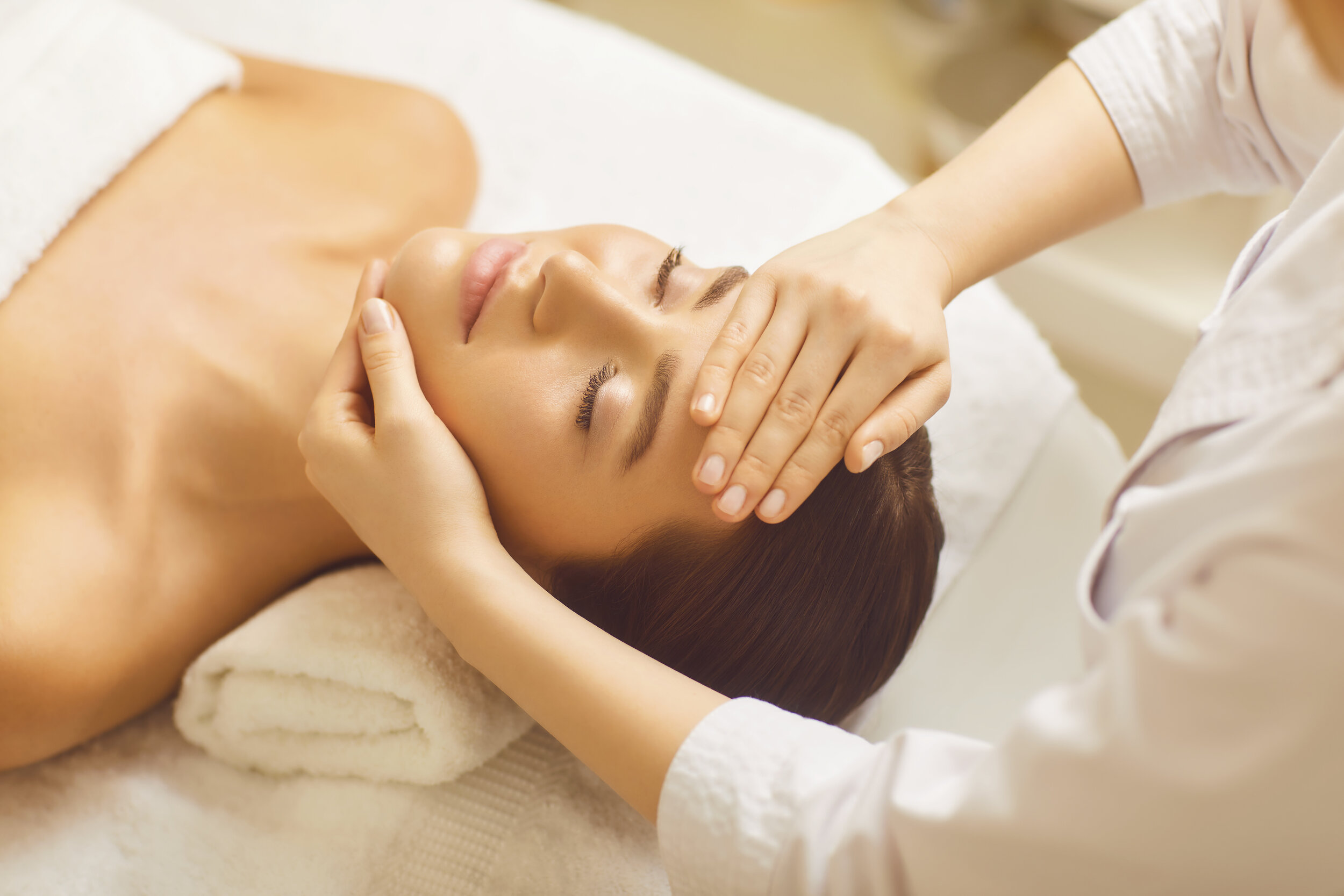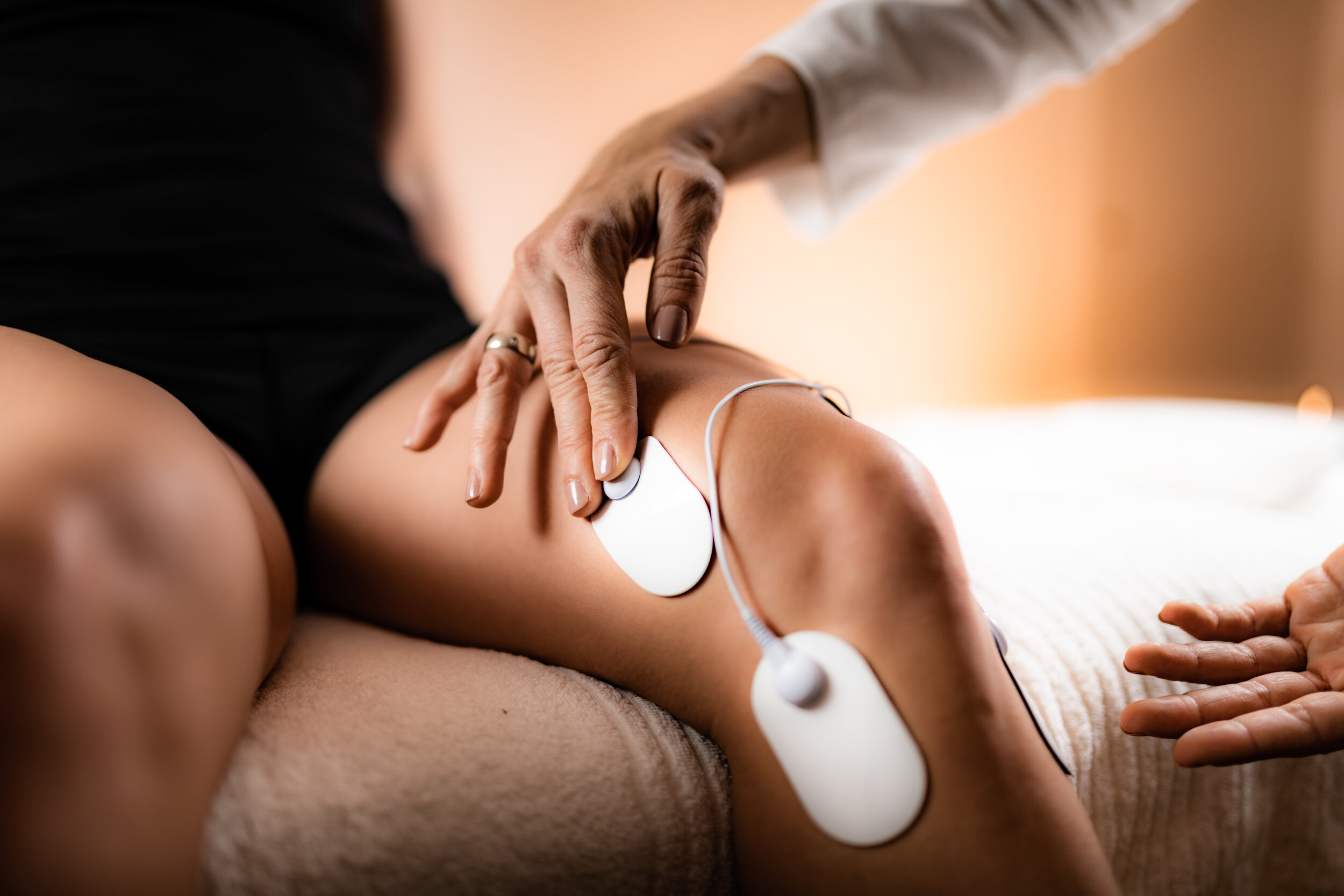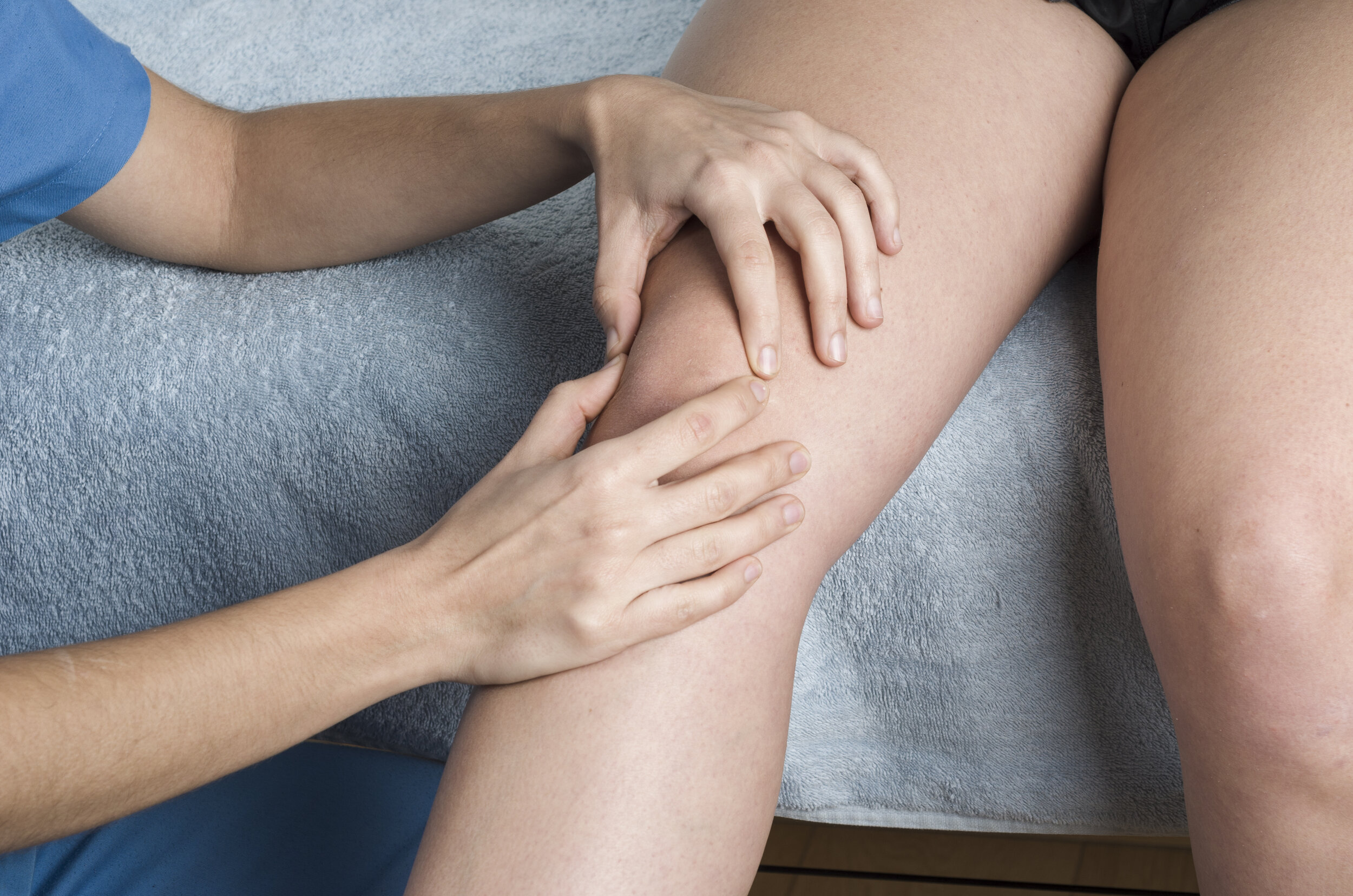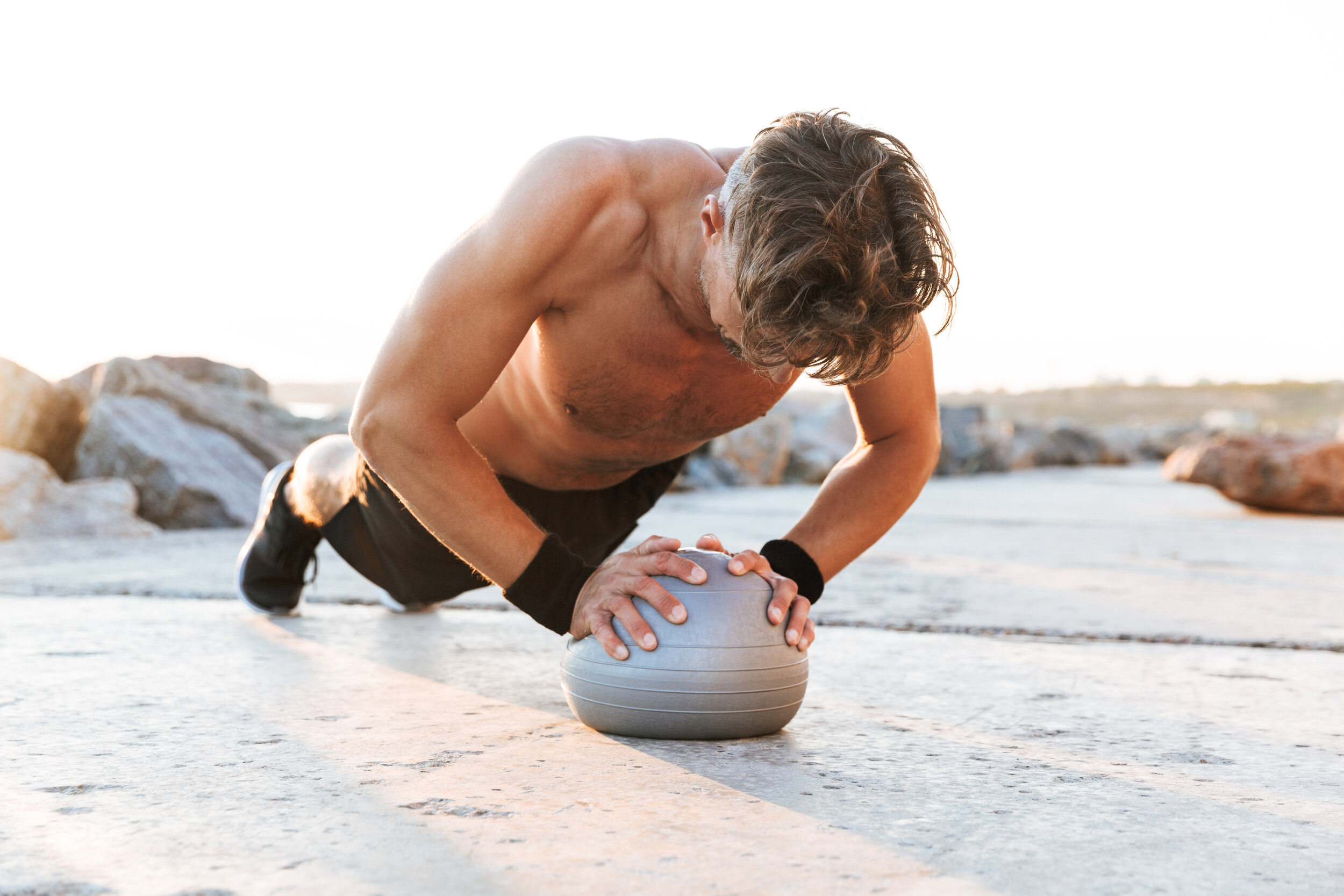Physical Therapy

At Prajna Physical Therapy, we look at the body as a whole system, connecting the physical structures to the mental self. This can sound like new aged “woo woo,” but every part of our bodies are connected and communicate to other parts. Our brain and spinal chord sends signals to our muscles to turn on and off, our glands secrete hormones to increase and decrease our neuro-muscular system, our nerves send messages to our joints, organs, and balance systems…none of these things can be separated from the other. And we don’t realize how integrated our system is until one part fails and a cascade of issues arise- headaches, back pain, shoulder pain, disc compression, ACL tear, incontinence…the list continues.
Healing the body is an art form that takes looking at movement patterns, mechanics of the body, the integration of multiple systems, and meeting the patient at their tolerance and comfort level. We understand this at Prajna Physical Therapy. Manual techniques are utilized to optimize a balanced state in your body and therapeutic exercises maintain control in that homeostasis, so you can get back to the activities you love.
Trigger Point Dry Needling (TDN) is a treatment technique used by physical therapists to relieve pain, decrease muscle tension, activate inhibited muscles, and increase mobility. It involves inserting a very thin monofilament needle such as a sterile acupuncture needle into a muscle or muscles to release shortened bands of muscle tissue and trigger points. This technique can be gentle or aggressive depending on the injury and the therapist’s technique, and is very effective if properly administered.
HVLA is a technique used to restore range of motion by bringing a joint to the restrictive barrier and thrusting it, similar to a chiropractic technique. It is a slightly more aggressive approach than other techniques which can relieve pain once the joint is restored to its normal range.
MET, or Muscle Energy Technique uses your muscles, with the assistance of your physical therapist, to readjust the skeletal structure into a neutral position. This is an effective, gentle, and painfree way to mobilize any restricted joints that are causing pain.
Also know as TENS and NMES, these modalities work on the neuromuscular system to help reduce pain, decrease swelling, increase circulation, reverse muscle atrophy, and can either increase or decrease muscle activation depending on how they are used. Electrode pads are put topically on specific locations of the body while a gentle current is delivered via a hand held unit to effect the sensory and/or motor nerves. This is a gentle technique that may sound intimidating but can be very effective if used appropriately.
Strain Counter Strain is an osteopathic technique used to relax muscles that are hypertonic and causing pain. The body is held in a particular position to change abnormal neuromuscular reflex circuits, in order to reduce pain and gain movement.
Just as our muscles can get tight, so can our joints. Joint mobilization is a treatment technique that directs movement to the joint in order to improve quality of movement and reduce pain.
This type of exercise is specific to getting muscles to function optimally, whether at the appropriate time, the appropriate location, or the appropriate intensity. It also can include balance and coordination exercises to improve joint neuroreceptors. Through multifaceted systems, at Prajna Physical Therapy, we help your body sustain balance with the art of prescribed neuro and therapeutic exercise.
Kinesiotape is an adhesive stretchable tape and has become very popular within the last decade. Athletic tape is an adhesive rigid tape. Taping can help assist activation of muscles, deactivation of muscles, reduction of swelling, and repositioning of bony and soft tissue structures which ultimately result in reduced pain. Your physical therapist can assess which tape may be best for your condition.
